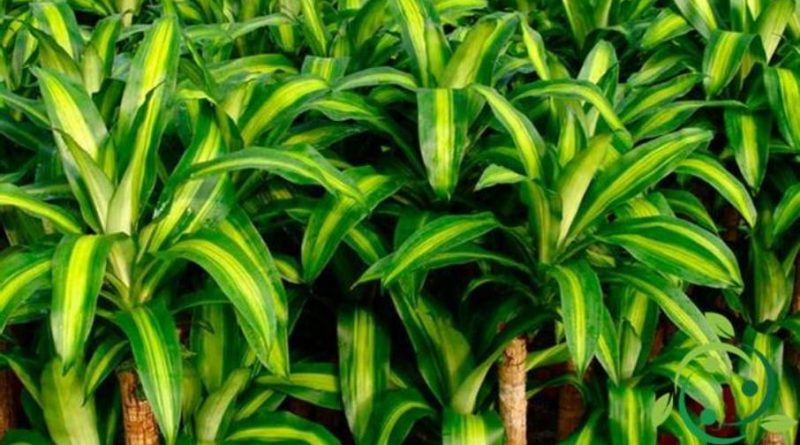How to cultivate the Tronchetto of happiness
How to cultivate the Tronchetto of happiness
The trunk of happiness (Dracaena fragrans) is a subtropical plant of the family of Agavaceae, recently reclassified, from the classification APG III, between the Asparagaceae. It is a plant known above all in the home or in ornamental cultivation for parks and gardens. In this sheet we will see the physiological characteristics of this species and, above all, how to cultivate the Tronchetto of happiness. It is a species native to tropical Africa and its territory extends from Sierra Leone in the west to Ethiopia in the north-east and Malawi in the south-east. The Dracaena fragrans shows a thick tuft of green leaves striated with yellow located on the top of the stem. Dracaena fragrans is a species with completely green leaves, instead the cultivar “Massageana” has been selected for the variegated leaves with a yellow stripe in the center.
The trunk of happiness is however a very rustic plant for which it does not require special care and grows without particular precautions even within the apartments; in any case, some indications are useful for obtaining healthy plants. It is a plant that, due to its origins, can not stand the cold, so it must be placed inside the house or in gardens of temperate climates; in fact, this plant under 15 degrees begins to show the first signs of suffering.
The optimal temperature for its growth is around 22 ° C, possibly with a good percentage of humidity. Another important factor is the brightness that must be high but, preferably, not direct sunlight. In the apartment the plant must always be kept very clean, with wetting and cleaning with only deionized leaves.
the Tronchetto della felicità is watered twice a week, during the summer and only once a week in the winter. The plant can not live in water, but it does not even have to stay with the substratum completely dry. It is preferable to spray water also on the green foliage with the help of a sprayer, in order to increase the humidity.
The substratum to grow it must be very organic, with a peat and siliceous sand respectively of 70 and 30%. Before preparing the soil, place them on the bottom of the jar of very large gravel or expanded perlite to ensure excellent drainage. In the gardens it is worth digging holes where to prepare drainage beds on which to place the substratum of the place to be enriched with a lot of organic substance. The transplant should be performed every 2-3 years in larger pots taking care not to damage the ground bread with the roots and preparing a soil similar to that of the plant. In apartment plants can be added to the irrigation water of liquid fertilizers with a perfect balance between nitrogen and potassium to be made in the hot period of growth; for plants grown in the garden, never put nitric fertilizers but organic substance from compost, earthworm humus or mature manure to be made twice a year, mixing it with the soil. The optimal periods for the integration of organic matter are those at the end of winter and from June to July.
The Tronchetto of happiness, like other plants, has the capacity to absorb some toxic products that are very present in our cities; we remember: benzene, formaldehyde, toluene and xylene.

